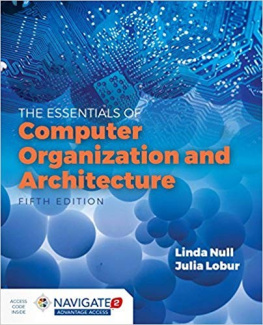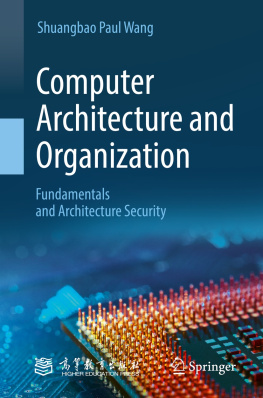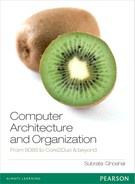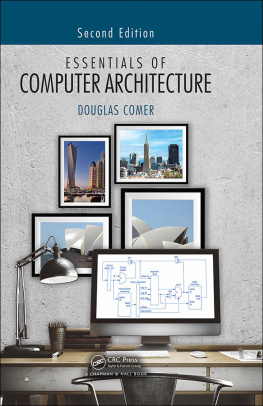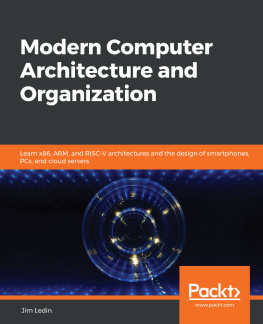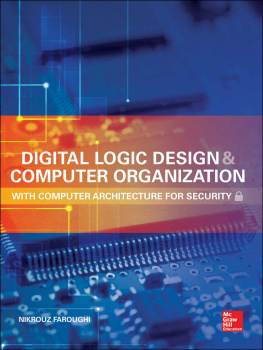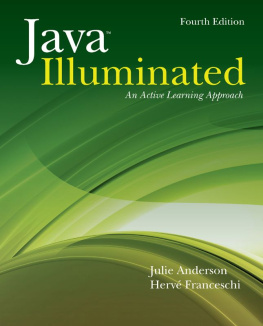
World Headquarters
Jones & Bartlett Learning
5 Wall Street
Burlington, MA 01803
978-443-5000
www.jblearning.com
Jones & Bartlett Learning books and products are available through most bookstores and online booksellers. To contact Jones & Bartlett Learning directly, call 800-832-0034, fax 978-443-8000, or visit our website, www.jblearning.com.
Substantial discounts on bulk quantities of Jones & Bartlett Learning publications are available to corporations, professional associations, and other qualified organizations. For details and specific discount information, contact the special sales department at Jones & Bartlett Learning via the above contact information or send an email to specialsales@jblearning.com.
Copyright 2019 by Jones & Bartlett Learning, LLC, an Ascend Learning Company
All rights reserved. No part of the material protected by this copyright may be reproduced or utilized in any form, electronic or mechanical, including photocopying, recording, or by any information storage and retrieval system, without written permission from the copyright owner.
The content, statements, views, and opinions herein are the sole expression of the respective authors and not that of Jones & Bartlett Learning, LLC. Reference herein to any specific commercial product, process, or service by trade name, trademark, manufacturer, or otherwise does not constitute or imply its endorsement or recommendation by Jones & Bartlett Learning, LLC and such reference shall not be used for advertising or product endorsement purposes. All trademarks displayed are the trademarks of the parties noted herein. Essentials of Computer Organization and Architecture, Fifth Edition is an independent publication and has not been authorized, sponsored, or otherwise approved by the owners of the trademarks or service marks referenced in this product.
There may be images in this book that feature models; these models do not necessarily endorse, represent, or participate in the activities represented in the images. Any screenshots in this product are for educational and instructive purposes only. Any individuals and scenarios featured in the case studies throughout this product may be real or fictitious, but are used for instructional purposes only.
13685-2
Production Credits
VP, Product Management: David D. Cella
Director of Product Management: Matthew Kane
Product Manager: Laura Pagluica
Product Assistant: Rebecca Feeney
Associate Production Editor: Alex Schab
Director of Marketing: Andrea DeFronzo
Production Services Manager: Colleen Lamy
Product Fulfillment Manager: Wendy Kilborn
Composition: codeMantra U.S. LLC
Cover Design: Kristin E. Parker
Rights & Media Specialist: Thais Miller
Media Development Editor: Shannon Sheehan
Cover Image (Title Page, Part Opener, Chapter Opener): Adam Petto/Getty Images, and antos777/Getty Images
Printing and Binding: Edwards Brothers Malloy
Cover Printing: Edwards Brothers Malloy
Library of Congress Cataloging-in-Publication Data
Names: Null, Linda, author.
Title: Essentials of computer organization and architecture / Linda Null.
Description: Fifth edition. | Burlington, Massachusetts: Jones & Bartlett Learning,
2018. | Includes bibliographical references and index.
Identifiers: LCCN 2017044949 | ISBN 9781284123036 (hardback)
Subjects: LCSH: Computer organization. | Computer architecture. |
BISAC: COMPUTERS / Software Development & Engineering / General.
Classification: LCC QA76.9.C643 N85 2018 | DDC 004.2/2dc23
LC record available at https://lccn.loc.gov/2017044949
6048
Printed in the United States of America
222120191810987654321
In memory of my husband, Tim Wahls, who exemplified the beauty and wonder in everything around me and taught me that love does not end with death. How amazingly lucky I was to have someone who made saying goodbye so difficult.
L. M. N.
To the loving memory of my mother, Anna J. Surowski, who made all things possible for her girls.
J. M. L.
Contents
Index
Preface
TO THE STUDENT
T his is a book about computer organization and architecture. It focuses on the function and design of the various components necessary to process information digitally. We present computing systems as a series of layers, starting with low-level hardware and progressing to higher-level software, including assemblers and operating systems. These levels constitute a hierarchy of virtual machines. The study of computer organization focuses on this hierarchy and the issues involved with how we partition the levels and how each level is implemented. The study of computer architecture focuses on the interface between hardware and software, and emphasizes the structure and behavior of the system. The majority of information contained in this textbook is devoted to computer hardware, computer organization and architecture, and their relationship to software performance.
Students invariably ask, Why, if I am a computer science major, must I learn about computer hardware? Isnt that for computer engineers? Why do I care what the inside of a computer looks like? As computer users, we probably do not have to worry about this any more than we need to know what our cars look like under the hood in order to drive them. We can certainly write high-level language programs without understanding how these programs execute; we can use various application packages without understanding how they really work. But what happens when the program we have written needs to be faster and more efficient, or the application we are using doesnt do precisely what we want? As computer scientists, we need a basic understanding of the computer system itself in order to rectify these problems.
There is a fundamental relationship between the computer hardware and the many aspects of programming and software components in computer systems. In order to write good software, it is very important to understand the computer system as a whole. Understanding hardware can help you explain the mysterious errors that sometimes creep into your programs, such as the infamous segmentation fault or bus error. The level of knowledge about computer organization and computer architecture that a high-level programmer must have depends on the task the high-level programmer is attempting to complete.
For example, to write compilers, you must understand the particular hardware to which you are compiling. Some of the ideas used in hardware (such as pipelining) can be adapted to compilation techniques, thus making the compiler faster and more efficient. To model large, complex, real-world systems, you must understand how floating-point arithmetic should work, and how it does work (which are not necessarily the same thing). To write device drivers for video, disks, or other I/O devices, you need a good understanding of I/O interfacing and computer architecture in general. If you want to work on embedded systems, which are usually very resource constrained, you must understand all of the time, space, and price trade-offs. To do research on, and make recommendations for, hardware systems, networks, or specific algorithms, you must acquire an understanding of benchmarking and then learn how to present performance results adequately. Before buying hardware, you need to understand benchmarking and all the ways that others can manipulate the performance results to prove that one system is better than another. Regardless of our particular area of expertise, as computer scientists, it is imperative that we understand how hardware interacts with software.
You may also be wondering why a book with the word essentials in its title is so large. The reason is twofold. First, the subject of computer organization is expansive and it grows by the day. Second, there is little agreement as to which topics from within this burgeoning sea of information are truly essential and which are just helpful to know. In writing this book, one goal was to provide a concise text compliant with the computer architecture curriculum guidelines jointly published by the Association for Computing Machinery (ACM) and the Institute of Electrical and Electronic Engineers (IEEE). These guidelines encompass the subject matter that experts agree constitutes the essential core body of knowledge relevant to the subject of computer organization and architecture.

